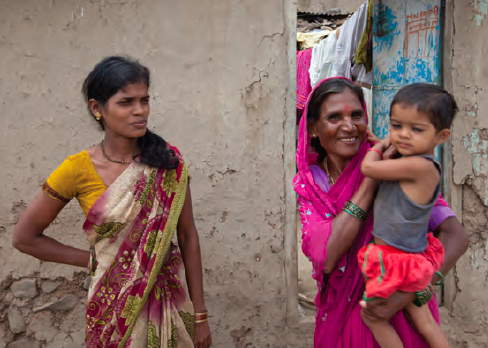Reframing Undernutrition: Faecally-Transmitted Infections and the 5 As
 Summary of IDS Working Paper 450 by Robert Chambers and Gregor von Medeazza, G. Full article available here.
Summary of IDS Working Paper 450 by Robert Chambers and Gregor von Medeazza, G. Full article available here.
Levels of undernutrition persist in much of Asia, despite many food security initiatives and the growth of Asian economies. It is increasingly suggested that much of this so-called ‘Asian enigma’ can now be explained by the high prevalence of open defecation (OD) combined with population density. The authors of this paper suggest that there remains a widespread ‘blind spot’ in the understanding of how OD and child growth are linked. The dominant focus on diarrhoeal diseases has led to the relative neglect of many other debilitating faecally transmitted infections (FTIs) including environmental enteropathy (EE), other intestinal infections, and parasites. These are harder to measure but together, may affect nutrition outcomes much more.
How OD, FTIs, poverty and undernutrition reinforce each other is illustrated by looking at the case of India, which has about 60 per cent of the OD in the world, around a third of the world’s undernourished child population, and has approximately a third of its people living in poverty.
The authors propose that how undernutrition is perceived, described and analysed should be reframed to include two concepts: the FTIs and the ‘5 As’. The first two As – ‘Availability’ and ‘Access’, are about food intake. The last three As –‘Absorption’, ‘Antibodies’ and ‘Allopathogens’ – are about what happens inside the body. This will have implications for research, training, and policy and practice.

